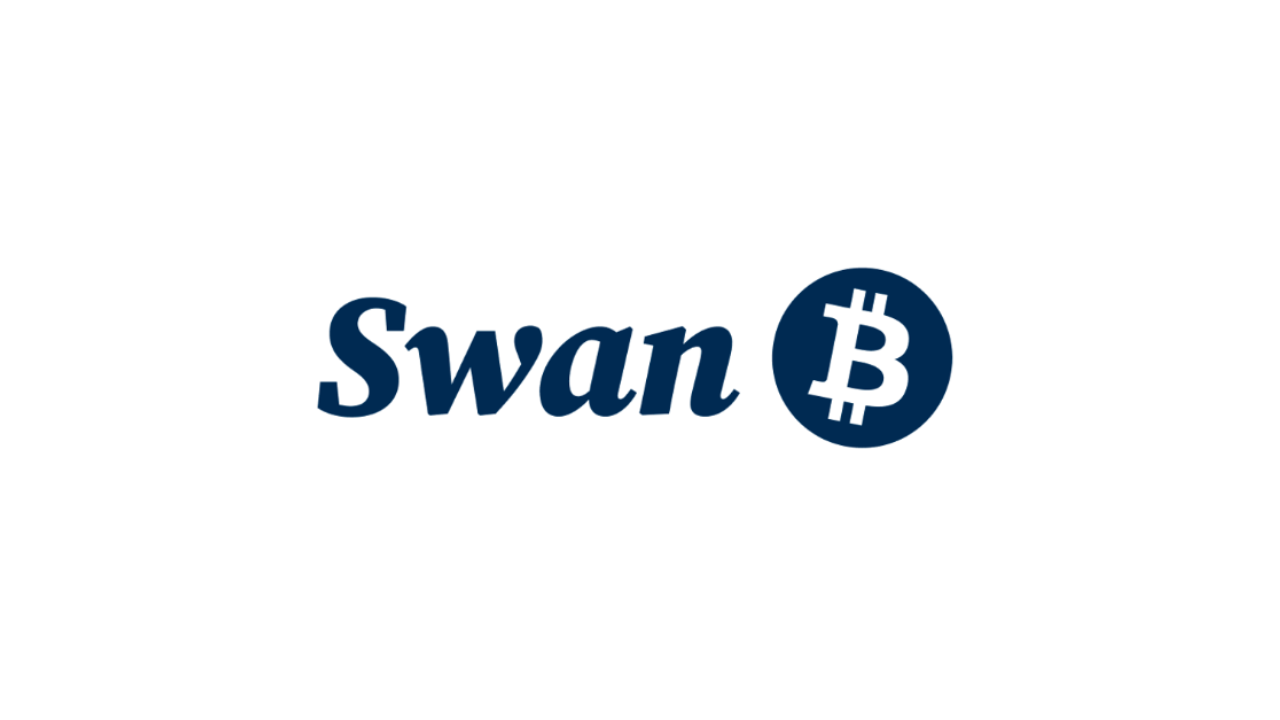A combination of Federal Reserve hawkishness, continued global growth fears and euro weakness due to which dollar’s resurgence continues that pushing the U.S. dollar to its highest level in two decades, with investors predicting room for more gains ahead.
The U.S. dollar index, which measures the dollar against 6 other major currencies, has rallied by over 12% in 2022 alone and looks set for its best year since 2014.
There are several factors fueling the dollar’s performance against other currencies. Investors believe that the Federal Reserve will continue on its aggressive rate hikes as the country continues to experience what experts believe to be its worst inflation in decades. All these have contributed to making the greenback more attractive to yield-seeking investors.
But even though the dollar is performing pretty well at the moment, analysts believe that Federal Reserves’ monetary tightening policy and interest rate hikes from other central banks could drive the global economy into recession. Other market players favor the dollar because they are optimistic that the United States will manage the looming global downturn better than others.
The dollar has rallied against every G10 peer, with the likes of the Japanese yen feeling the biggest hit as the BOJ has so far held back on interest rate hikes.
The energy crisis rocking Europe, the war in Ukraine and the increasing covid 19 cases in China has favored the dollar’s continued resurgence. This has also fueled the euro’s poor performance against the greenback, with the euro registering a two-decade low against the dollar.
Suppose the Fed continues its aggressive rate hikes even with Europe and the United States facing possible recession. In that case, experts believe the euro could go as low as 0.95 against the greenback, representing a 7% fall from its current level.
With the dollar bossing the market and showing no signs of slowing down, experts believe the greenback could extend its gains further. Since the Federal Reserve increased interest rates on March 16, the first time it has done so since December 2018, the dollar has rallied nearly 8%. As of the time of putting together this report, the dollar was trading for 106.83.
Analysts believe a stronger dollar will help the Fed fend off inflation by making imports cheaper. But, on the flip side, it also makes U.S exporters’ products less competitive abroad, putting pressure on U.S. companies who need to convert their foreign profits into dollars.













